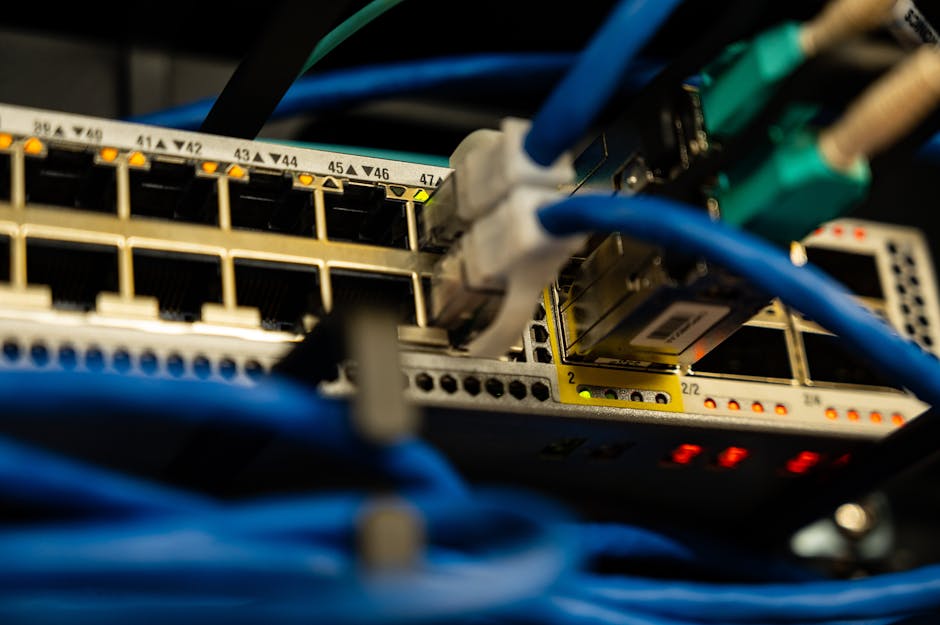
In an increasingly interconnected world, the importance of surveillance cameras in enhancing security cannot be overstated. Whether for residential protection, business security, or monitoring public spaces, these cameras serve as a vital tool for deterring crime and providing peace of mind. However, navigating the landscape of surveillance camera options, installation methods, and technology can be daunting. This article offers comprehensive surveillance camera guidance to help you make informed decisions, from understanding the technology behind these devices to selecting the perfect model and installing it effectively.
Understanding PoE Technology for Surveillance Cameras
Power over Ethernet (PoE) technology has revolutionized the way surveillance cameras are installed and powered. PoE allows a single Ethernet cable to carry both data and electrical power to the camera, eliminating the need for separate power sources and reducing installation complexity. This streamlined setup can save time and money, making it an attractive option for both DIY enthusiasts and professional installers.
The benefits of PoE technology extend beyond convenience. It enables flexible camera placement, allowing you to position cameras in locations that may not have easy access to electrical outlets. Additionally, PoE switches or injectors can help manage power supply efficiently, ensuring that your surveillance system operates smoothly. This technology is particularly beneficial for larger installations, as it simplifies the wiring and reduces the likelihood of electrical issues.
Choosing the Right Amcrest Surveillance Camera for Your Needs
When selecting a surveillance camera, it is essential to consider your specific needs and the environment in which the camera will be used. Amcrest offers a variety of camera options that cater to different requirements, whether you need an indoor or outdoor solution, high-resolution imaging, or advanced features like night vision and motion detection.
For indoor use, you may prioritize a camera with a compact design and features such as two-way audio or pan-tilt-zoom functionality. Conversely, outdoor cameras need to be weather-resistant and equipped with infrared capabilities to capture clear images in low light. It’s also important to evaluate the resolution; higher resolution cameras provide more detailed footage, which can be crucial in identifying individuals or events.
Additionally, consider the integration capabilities of the camera. Many Amcrest models offer compatibility with various smart home systems and can be accessed remotely through mobile apps. This allows for real-time monitoring and alerts, enhancing the overall functionality of your surveillance system. For more detailed insight into choosing the right surveillance camera, explore the available options that best fit your requirements.
Step-by-Step Installation Guide for Surveillance Cameras
Installing a surveillance camera can be a straightforward process when approached methodically. Here’s a step-by-step guide to help you through the installation:
1. Plan Your Camera Placement
Before installation, assess the area to determine the optimal camera locations. Consider factors such as coverage area, potential obstructions, and the camera’s field of view. High-traffic areas and entry points are prime spots for effective surveillance.
2. Gather Your Tools
Ensure you have all necessary tools before starting the installation. Common tools include a drill, screwdriver, Ethernet cables, and a ladder for reaching elevated locations.
3. Install the Camera Bracket
For most cameras, you will need to attach a mounting bracket. Use the provided screws and anchors to secure the bracket to the wall or ceiling. Make sure it is level and stable.
4. Connect the Camera
Run the Ethernet cable from the camera to your PoE switch or injector. If your system requires it, connect the camera to the internet as well. Ensure all connections are secure to avoid signal loss.
5. Power On and Configure
After connecting the camera, power it on. Follow the manufacturer’s instructions to configure the camera settings, including resolution, motion detection zones, and notification preferences.
6. Test and Adjust
Once installed, test the camera’s functionality. Check the video feed to ensure it covers the desired area. Make any necessary adjustments to the angle or position for optimal monitoring.
Conclusion
Effective surveillance camera guidance encompasses understanding the technology, selecting the right device, and ensuring proper installation. By leveraging PoE technology, choosing the right Amcrest camera, and following a systematic installation approach, you can enhance your security setup with confidence. Remember, a well-planned surveillance system not only protects but also provides peace of mind for you and your loved ones.
For more information on PoE cameras and to explore various options available, visit Amcrest’s website.
